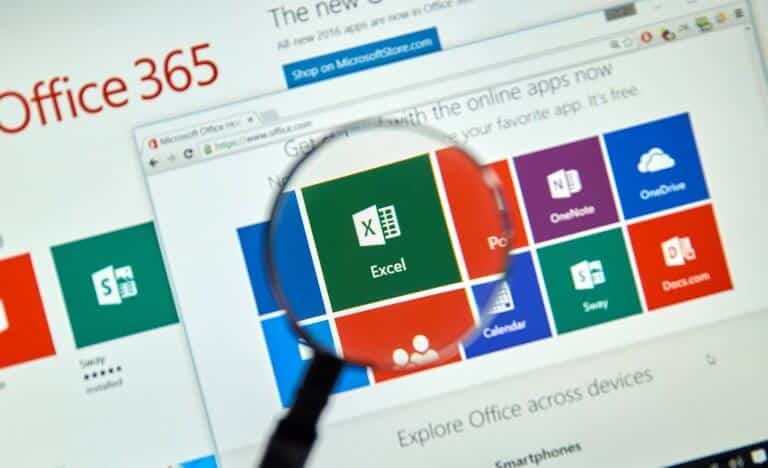Gemba walk is an opportunity to capture topics and concerns related to how effectively your team is performing.
What is a Gemba Walk?
A Gemba Walk is a walkthrough to observe and ask employees about their tasks in order to identify productivity gains. The word comes from the Japanese word “Gemba” or “Gembutsu” which means “the real place.” It is the act of seeing what really happens in your business. Gemba walk is a simple but powerful method performed by managers and leaders to promote continuous improvement. During this journey, managers physically go to the places where people are putting together products, helping customers, analyzing data, or any other process.
The concept was developed by the executive at Toyota,Taiichi Ohno, who thought that to eliminate all waste from operations was required to learning for anyone involved about implementing consistent process change.
Why doing the Gemba Walks?
The purpose of this fundamental part of Lean management philosophy is to help team members to develop abilities in order to improve operations. Many organizations focus on theoretical issues and data reports and lose sight of the detailed work and real world problems. Doing the Gemba Walk means taking the time to watch how a process is done and to talk with those doing the job.
Gemba Walks are typically defined as going where the action is. People at the worksite are also observing and can be powerful tools for leaders to drive alignment inside an organization and for the leadership team to stay in touch with reality. When you walk the Gemba you have the opportunity to see first-hand and to understand deeply what is really happening inside your organization. Seeing up-close the reality of how a process actually works can answer many questions that lead to new ideas and major process improvements. Gemba Walk methods are used to empower the entire workforce; it is one of the few tools people can use to directly approach culture change.
Each Gemba walk should have a target process or processes to be observed and analyzed. It is also common for a Gemba walk to have a theme that is related to a particular improvement initiative. Here are some example themes:
- Productivity
- Customer Service
- Cost
- Innovation
- Safety
- Workspace efficiency
- Kanban
Whether or not you choose one of these themes, you still want to identify your goals and be clear about what you are looking for during each walk.
Adaptation of the Gemba Walk
No matter what is your industry, a Gemba Walk can help managers and project team members reconcile the vertical and horizontal nature of all organizations.
Companies are structured vertically, which fosters the idea of people “below” looking to those “above” for leadership. However, the actual product or service an organization offers moves horizontally through an organization and eventually reaches customers. People like Jeff Bezos, CEO of Amazon, uses a type of Gemba Walk by having all managers working for some time in customer service. This experience gives them better perspective on how the company interacts with the prospective customers. The time spent with workers who interact with the public gives managers a new perspective into customer needs and can work to develop new services and products to meet demands.
How to perform a Gemba Walk?
Gemba Walk is one of the 5 lean guiding principles that should be practiced by Lean leaders on a daily basis. The effectiveness of Gemba Walks is greater as processes are more stable and there is good visual management making abnormal conditions visible.
Here we have listed the steps you should take to ensure that your next Gemba walk is successful.
Get the team ready
It is important that the team members who will participate in this experience have a good understanding of what a Gemba walk is and how it will be useful. Talking about the walk before it happens will help everyone feel more comfortable with the interaction.
Make a plan
Gemba walks should not be confused with Management by Walking Around (MBWA), a different approach in which leaders simply wander about and get involved in what employees are doing. A Gemba walk should have a defined objective, associated with a specific concern related to a KPI.
Ask relevant questions
Asking the most relevant and significant questions during the Gemba Walk leads to an interactive session with employees and helps build a positive relationship between managers and employees.
During a Gemba Walk, managers should ask diverse questions about the process such as Who is involved? What materials are used? What do you do? How do you know what to do? When does the task take place?
Focus on the process
A Gemba walk is not an employee evaluation. The purpose is to observe, understand, and ultimately improve processes.
It could be useful to prepare employees by letting them know that you will be asking them. You should be clear that you are not looking for “right” answers; what you need are honest and complete answers.
Take notes
Because there is a lot going on during a Gemba walk and you will want to remember it all later, it is important to bring along tools to log your observations. By writing down your observation and taking photos, you are more likely to be engaged and focused on observation and reflection.
Ask questions
One of the most difficult things to do on a Gemba walk is to put aside assumptions. Do not assume that everything is being done according to the standard. Instead, ask employees why they do things the way they do. The 5 Ws are great to obtain the information that you need.
What: What are the inputs and outputs of the process?
Who: Who are the people involved in the processes? Who provides input for the processes? Who are the “customers” of the process?
Where: Where the work is preformed? Are all required materials and equipment in the work site?
When: Are process inputs available when needed? Is work from this process being pulled through by the next, or do outputs sit idle? Is the waste of waiting observed?
Why: What value does this process add for the customer?
Try to learn
Managers and leaders must show a proper attitude when conducting Gemba Walks. Remember that this is about the process and not about the worker. Avoid giving suggestions, be attentive and learn new things from the workers. However, you can provide positive feedback on work done well.
Do not suggest changes during the walk
A Gemba walk is a great opportunity for observation, not action. It may be very tempting to come up with changes, new solutions or make improvements on the fly, but changes should be made only after a period of analysis.
Get people from different areas
It may be a good idea to invite a colleague from other departments, team members with very different daily tasks. People who are less familiar with the processes will bring a fresh point of view and ask different questions that you may never and these different set of questions would shed light on the work in a new way.
Follow-up with employees
Sometimes the results of a Gemba walk will be immediately obvious, but even if there will be no immediate action as a result of a particular walk, it is important to follow-up with employees to share views and communicate what are the next steps.
Post-Gemba Walk
Before you take any actions based on your Gemba walk observations, you will to organize your thoughts and carefully analyze the situation. You can even invite some of the workers you have been working with.
If you have a meeting held after each Gemba walk, this may include a few participants from different departments, to have as many different points of view as possible in order to make the best decision. A decision that will actually improve your business processes. It is esential to go around the shop floor and collect insightful information about what needs to be improved.
A post-Gemba walk closes will make it much easier to lead a successful Gemba walk in the future.
Conclusion
Performing Gemba walks on a regular basis can offer some significant advantages like:
-Building stable relationships with those who actually do the work and create value.
-Identifying problems and taking actions to get continuous improvement much faster.
-Communicating goals and objectives leading to increased employee engagement.
DataScope is a platform which allows various industries to streamline, organize and evaluate the work of their field staffs thanks to online forms which provide real time indicators 100% adaptable to any field.








